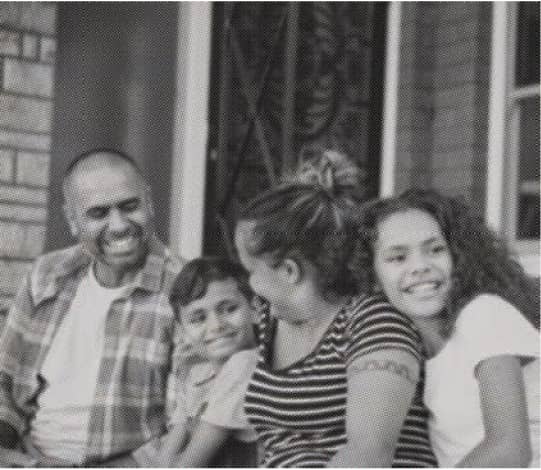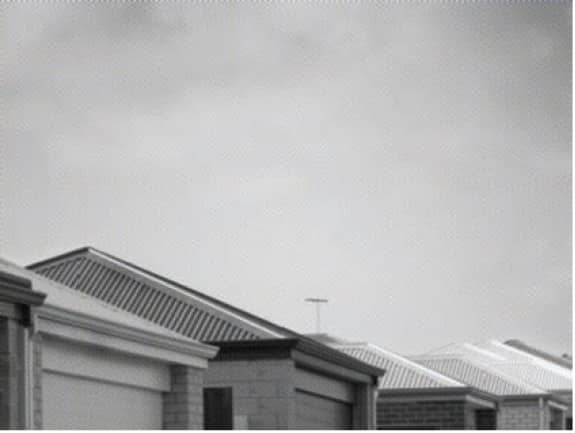Justice Stocktake 2025








Modern slavery is a global challenge that persists in various forms, affecting millions of individuals around the world, including in Australia. It is an umbrella term which refers to relationships which are based on exploitation and coercion, including forced labour or marriage, human trafficking, debt bondage, child labour, and deceptive recruiting for labour or services.[1]
In Australia, modern slavery-like practices are more common in industries such as agriculture, construction, hospitality, domestic work, and the sex industry, and among certain groups of people, including migrant workers, refugees, and other marginalised groups[2] They include, but are not limited to, underpayment, unsafe working conditions, violence, and the confiscation of passports as a means of control.
Economic pressures, globalisation, and a demand for cheap labour, all contribute to the prevalence of modern slavery in Australia. As businesses and consumers, we play a part in these cycles of exploitations when we engage with exploitative suppliers or organisations and contribute to a demand for low-cost goods. Australia has taken steps to address modern slavery through legislation, though it is still challenging to detect, prevent, and respond, because of complex supply chains and weaknesses in regulation and enforcement.
The 2023 Global Slavery Index estimates that 50 million people globally are living in modern slavery. On any given day, there are an estimated 41,000 individuals living in modern slavery in Australia.[3]
In Australia, the top five at-risk imported products are electronics, fish, garments, solar panels, and textiles, worth approximately US$17.4 billion a year.[4]
In 2022–23, there were about 340 reports of modern slavery in Australia. The five most reported crime types were forced marriage (90 reports), sexual servitude and exploitation (73 reports), forced labour (43 reports), trafficking in persons (38 reports), and exit trafficking (a person coercing, forcing, or threatening another to leave Australia against their will) (30 reports).[5]
Governments can work together to continuously review and strengthen anti-slavery legislation to address emerging challenges, and ensure effective and accessible enforcement mechanisms. This will need to include better provision of specialised, trauma-informed training for law enforcement, public officials, and community leaders to identify and respond to cases of modern slavery.
Enforcement is only one part of the process and it is crucial that there are victim-centred pathways to timely, needs-based, and unconditional support. This needs to be driven by the expertise of people with lived experience and centred on the victim-survivor’s needs.
There are already laws to ensure fair wages, safe working conditions, and workers’ rights, but each workplace needs to take responsibility to ensure they are implemented and upheld.
Businesses and community groups can use their consumer power to encourage suppliers to adopt ethical labour practices. This is sometimes called having “transparent supply chain practices” and means conducting due diligence to identify and address potential risks of modern slavery.
Support and participate in local initiatives that aim to prevent and address exploitation. We can learn more about the indicators of modern slavery and keep a lookout by establishing community networks to share information about potential cases of exploitation.
The main way most of us can help is by making informed purchasing decisions to support companies that prioritise ethical, sustainable practices and supply chains, or that are dedicated to combating modern slavery.
We can also stay informed about signs of modern slavery and human trafficking, recognising that it is far more common in Australia than we would expect.